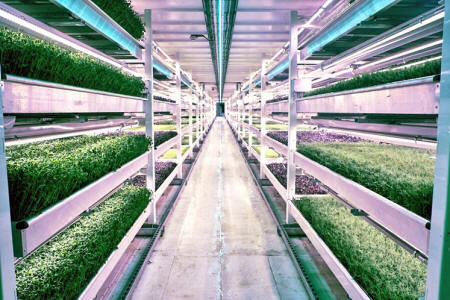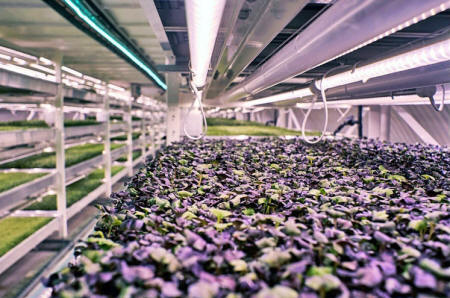|
by Cole Mellino from EcoWatch Website
It's probably the last place you would think of for growing food, but about 100 feet below London, the one-year old startup Growing Underground is producing what it calls,
It's the world's first subterranean farm.
The site, a bomb shelter during World War II, was abandoned for 70 years until entrepreneurs Richard Ballard and Steven Dring came along.
Once fully operational, it's estimated that the system will be able to produce between 11,000 and 44,000 pounds of produce each year.
The company says,
The company is currently growing radish and mustard leaf and also,
Growing Underground claims it is carbon neutral and is working on certification.
And it touts a number of other environmental benefits.
They've pledged that their produce will travel no further than the M25 motorway that encircles Greater London.
The project is just one of the many creative ways cities around the world are re-localizing agriculture.
For cities with a vast underground network like London, subterranean farming makes sense. In the U.S., many cities are turning abandoned warehouses into indoor vertical farms.
Sky Farms in Singapore has been heralded as "the world's first low-carbon hydraulic driven urban vertical farm." Mirai, a vertical farm in Japan, is producing up to 10,000 heads of lettuce a day.
Newark, New Jersey will soon be home to the world's largest indoor vertical farm, which is set to launch in November.
|




